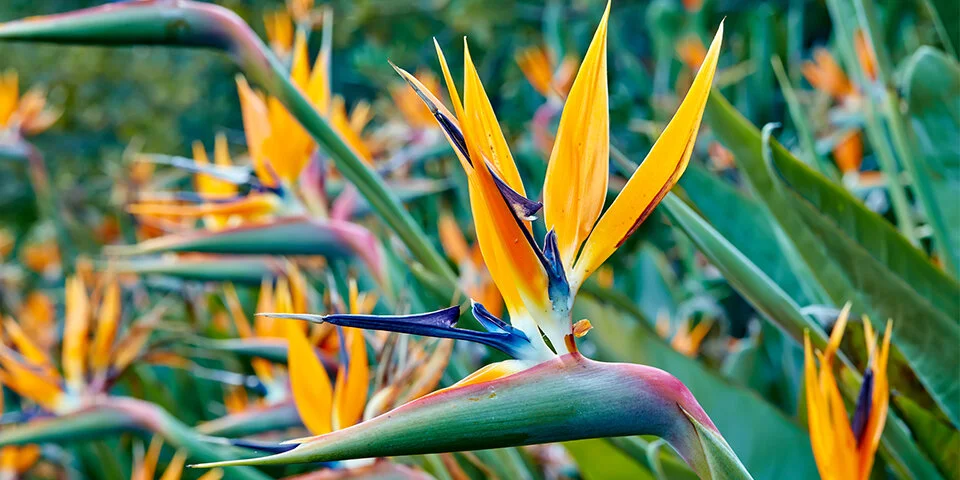After half a century of growing our own produce, we have become almost independent of the supermarket. We have achieved this by learning when to plant various vegetables for a year-round harvest, and also by adjusting our diet to what is in season. We have been assisted by the changing climate which has greatly lengthened the harvest season for some frost-tender crops like tomatoes, cucumbers and eggplants. The penalty we have paid for so intensively cultivating our beds is that the soil is loaded with pathogens ,and for many vegetables we can grow only the most disease-resistant varieties, having had to give up on many desirable heirlooms.
We have not found a sweet pepper sufficiently resistant to thrive in our garden. With luck we may get two or three undersized fruit from a bell pepper plant and so we perforce turn to the supermarket when we need them. Happily, chili peppers aren't bothered by our soil diseases, and we grow several types. However, most of them are much too hot for our northern palates and the crop goes to Juan, the gardener, and his friends. This year we grew the famous Padrón pepper and it was a great success, flourishing in our garden and providing an amount of spiciness that we can both tolerate and enjoy.
These peppers were first cultivated from seeds brought from the New World to the Franciscan monastery at Herbón, near the town of Padrón in Galicia. In Europe 'pemento de Herbón' is recognized as a protected designation of origin but the seed is widely available online. We planted them in containers in early February, keeping them in a sunny widow until they were ready to set out in early May. The fruit began to reach harvest size, about two inches long, early in July and the three plants have churned out more than we can use for the last month. If you pick the fruit when it is small, under three inches, most of them are only slightly spicy, but you will occasionally get a fiery one ("Some are hot, and some are not.") The pungency increases as they mature and is augmented if the plants are stressed by underwatering. They will eventually turn red but they are normally eaten young and green. They are a favourite item in tapas, heated in a skillet with olive oil until the skin is blistered. You will find scores of recipes for their preparation on the Internet, all much the same. They can be added to many other dishes that benefit from a bit of zing. Helen even put some in a batch of zucchini bread.
Unfortunately, they don't seem as impervious to soil-borne fungi as some of the scorchers now established as perennial in our garden. I'll plan on a second planting in future years, a strategy we have found essential for even the most disease-resistant tomatoes.
